Zac Efron is known as a heart throb with an amazing smile to boot. But, did you know that as his popularity grew in High School Musical so did his assault on challenges of uneven teeth, a gap, and yellowing? Yep. While he didn’t have the fan support of his award-winning smile at the time, Efron quickly decided to use porcelain veneers to fix the problem with his teeth as well as improve their whiteness. And Zac isn’t the only one. Celebrities such as Tom Cruise, Nic Cage, George Clooney, Miley Cyrus, and Emma Roberts have all opted into veneers to improve their smile.
A nice smile and white teeth play an important role when it comes to improving self-confidence, mental health, and an optimistic perception of life. They can also build communication skills and as at least one study shows, preference to a higher-paying job. So, are you surprised that men and women are now more than ever putting emphasis on a stunning smile?

Your smile not only fills you with confidence, but also attracts potential partners. In fact, people are predisposed to believe that a broad, white smile is an indicator of good genetic traits. With so much emphasis on our greatest attribute, it is no surprise that the demand for teeth restoration services, such as crowns, bridges, and especially veneers, is on the rise. Millions of Americans from your favorite celeb to Bob down the street proudly sport a row of pearly porcelains and will do everything they can to keep them as white and bright as possible.
So, what do you know about veneers? Are you curious about the cost and potential dental work? Do veneers stain? What exactly are the cons of veneers? Those are good questions, so let’s discuss.
What Are Veneers?
Before we get too deep into our conversation, you might be wondering, what exactly are veneers? Luckily, the explanation is simple. A veneer is a layer of material that is fitted over your tooth. The goal of veneers is two-fold. The first is to provide protection of your tooth’s surface, similar to how your tooth’s enamel works. Secondly, veneers offer a brighter and realistic aesthetic. Veneers are commonly used with people who have stained or chipped teeth, gaps between teeth, or misshapen teeth.
To simplify it even more, just think about contact lenses. Much like contact lenses are to your eyes, veneers are thin shells, though strong and long-lasting that have been fitted uniquely to your tooth.
First, Let’s Break Down Some of The Veneer-Acular
While you may know what veneers are, there is a good chance that you don’t know all of the terms that surface around veneers and similar dental procedures. We’ll be talking about them, so rather than sending you off into Google-land, we can iterate some of the most common terms you’ll come across in this post and also when exploring which veneers will give you that Efron smile.
Enamel:
Your tooth’s enamel is the hard, outer-protective layer of your tooth, which protects it from chewing, biting, crunching, and grinding. Enamel covers your tooth’s crown, and is considered the hardest tissue in your body, though it is susceptible to acid breakdown from things we eat, such as acidic foods and sugary drinks.
Dentin:
Dentin is below the enamel and another layer called the cementum. Do you wince in pain when you consume something hot or cold? Your pain likely comes from microscopic tubules in your dentin that stimulate the nerves and cells in your teeth and have sensitivity to heat, cold, acid, and sticky foods.
Plaque:
Plaque is that slimy white stuff that goops along your teeth and gums. It’s formed when food and saliva combine along the gum line. If not addressed, the bacteria in plaque can damage your tooth’s enamel and cause cavities and gum disease. Aside from visually seeing plaque, other symptoms include receding gums and bad breath.
Tartar:
Tartar is the hard material that forms when plaque hardens and, in many cases, can only be removed by a dentist.
Crowns:
An alternative to veneers, crowns (also known as a dental cap) completely encase the tooth of a dental implant. They are commonly used to protect teeth with large cavities.
Bridge:
A bridge is another alternative to veneers and crowns. A bridge is a fixed dental restoration that replaces one or more missing teeth by adjoining an artificial tooth.

Do Veneers Stain?
The purpose of veneers is to protect your teeth, however, more and more people are looking to veneers as an expensive way of whitening their teeth. So, do they yellow and stain?
The answer is yes, but not in quite the same way as your original teeth.
The yellowing and staining of teeth occur when you eat and drink sugary, acidic, or tannin-type foods such as fruit, coffee, tea, and wine. Of course, cigarettes and any other tobacco or smoking plays a huge role, too. Over time, the ingestion of these foods and products erode your enamel layer and begin to stain the more porous layers of your teeth.
When it comes to veneers, porcelain—a popular choice—is not porous, nor is it as susceptible to food acids, sugars, etc. However, yellowing can occur around the edges of your veneers, as well as a buildup of plaque and tartar. This causes a few problems for people with veneers because on the one hand they need to brush and whiten their expensive porcelains, but on the other hand hard brushing with whitening toothpastes could damage the porcelain.
Veneers, crowns and other expensive dental work can also be damaged by teeth whitening kits, including the high-priced kits offered by your dentist. At Snow, one of our goals in creating the Snow Teeth Whitening System was to formulate something that was just as effective as professional kits, but could also be used by people with expensive dental work. Snow will make those veneers look brand new, even if they are 5 or 10 years old, so you can use it again and again, restoring the whiteness of your veneers and any surrounding teeth.

How Much Do Veneers Cost?
There are two types of veneers: porcelain and composite. A porcelain veneer is designed to last for up to 15 years (and often much longer) and can cost anywhere from $1,000 to $2,500 per tooth. It is more durable and more aesthetically pleasing. A composite veneer can cost as little as $250, but it may only last a few years and is more susceptible to damage.
Most people have 32 teeth in their mouth. But, luckily for you, as an aesthetic procedure, veneers are mostly just applied to the front visible teeth—you know, enough to enhance your beauty without breaking the bank. Though, veneers will still cost you a pretty penny.
Depending on previous dental work, your teeth, and your budget, a set of 8 to 16 teeth, can cost you between $8,000 to $40,000 for a porcelain smile and $2,000 to $24,000 for a composite one.
So, maybe your veneering smile will cost more than a pretty penny, but sometimes a fresh smile and self-confidence is worth the money. That being said, aside from the cost, veneers can have a few setbacks to consider.
You can’t turn back what you do to good teeth:
So, what exactly does this mean—good teeth? Well, as we mentioned, veneers are designed to protect teeth; however, they are becoming more commonly used as a way to aesthetically improve your smile. While this is a good alternative to damaged teeth, the process of applying veneers includes grinding teeth down to the tooth structure, often removing part of your tooth beyond the enamel. The grinding process allows for proper placement. However, grinding down your teeth is both painful and irreversible. Pain aside, the question you’ll face is, are veneers so important that you are willing to permanently damage your good teeth?
Not Everyone is Happy with the Result:
One result of veneers is their white appearance when applied. Sure, we are looking for a whiter, Snowy experience, but what happens when veneers are blindingly white and unnatural? The good thing is that veneers are often color-fitted to prevent the unnatural look; however, the expensive procedure can result in an unnatural color or placement that will cost you more money to fix.
Susceptible to damage:
Veneers are strong, but not as strong as your original teeth and are more prone to chips and breaks. Veneers are also susceptible to falling out. While your dentist may cover you in the event that the veneer adhesive fails, it is rare for your veneers to be covered in the case of chipping or other physical damage. Our suggestion is that if your bar-trick is to pop off beer bottle caps with your teeth—avoid veneers.
Reiterating the cost:
When it comes down to the bottom line, a set of 8 or 16 veneers is costly. In fact, a set of veneers can easily cost you the same as a new car or down payment on your home. They may be aesthetically popular with celebrities, CEOs, and top executives, but for the average person, this is an investment you really need to think hard about. It’s important to consider the pros and cons of a white smile, the overall cost, permanency of the procedure, and the fact that your veneers will only last about 15 years. Couple those considerations with the fact that there are teeth whitening options, such as Snow’s teeth whitening system, which are much less costly and safer to your teeth.

Alternatives to Veneers
Veneers have their role in oral care, just ask the long list of TV and movie stars who use them to improve their careers. However, they are definitely not for everyone—especially for someone who is balancing whether or not an award-winning smile is more important than buying your first home. The good news is that when it comes to a great smile, you have options. Veneers are a good way to help protect damaged teeth, as are crowns and bridges. Although, when it comes to tooth whitening, it’s more important to have permanency in the whitening, rather than permanency in grinding down your teeth. Ouch!
What is a good oral option for keeping your teeth strong and white? It starts with your oral cleaning regimen. Brushing your teeth at least twice a day helps to reduce the accumulation of sugar, acid, and bacterial growth that can erode your tooth enamel and lead to cavities, tartar and gum disease. Flossing is a great way to remove existing tartar, plaque, and leftover food particles, as well as strengthening the gums along your teeth. There are also specialized toothpastes and mouth rinses that aid in restoring your tooth enamel and reducing tartar. While a good, regular cleaning is important, for people with yellowing, or vices such as smoking, alcohol, and tobacco use, keeping your teeth white can be a challenge.
Snow is a gentle, effective and affordable tooth whitening system. Tooth whitening at your dentist can be costly, which often results in people moving toward veneers since they believe it is a more permanent option. Snow is available for a fraction of the cost of veneers and just as effective for creating a beautiful, natural smile. In fact, our main teeth whitening system, which will last through several applications, is available for a tenth of the price of the average porcelain veneer!

While we like to think that Snow creates miracles when it comes to whitening, you can’t ignore real damage to your teeth. Irregularities, cracked, chipped, and painful teeth should always be addressed with your dentist. There are several options such as braces that can help reset crooked teeth and gaps. Snow is the way to enhance your smile with brighter teeth, self-confidence, and positive energy. Snow is effective on all kinds of teeth —yes, even the most sensitive. Our formula is designed to be kind to your enamel, meaning that your teeth will come out whiter, without wincing in pain.

















































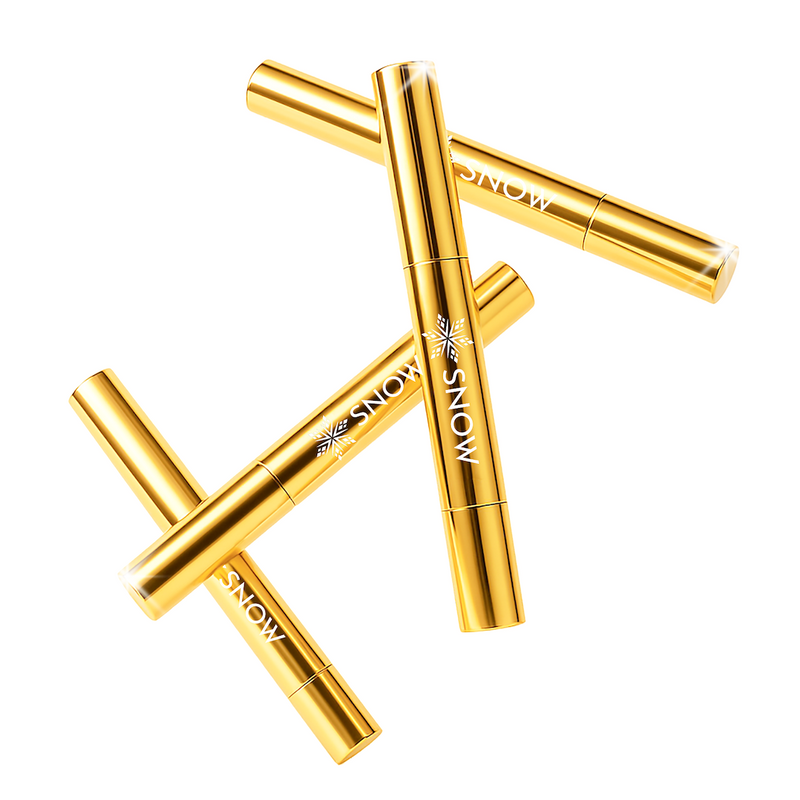

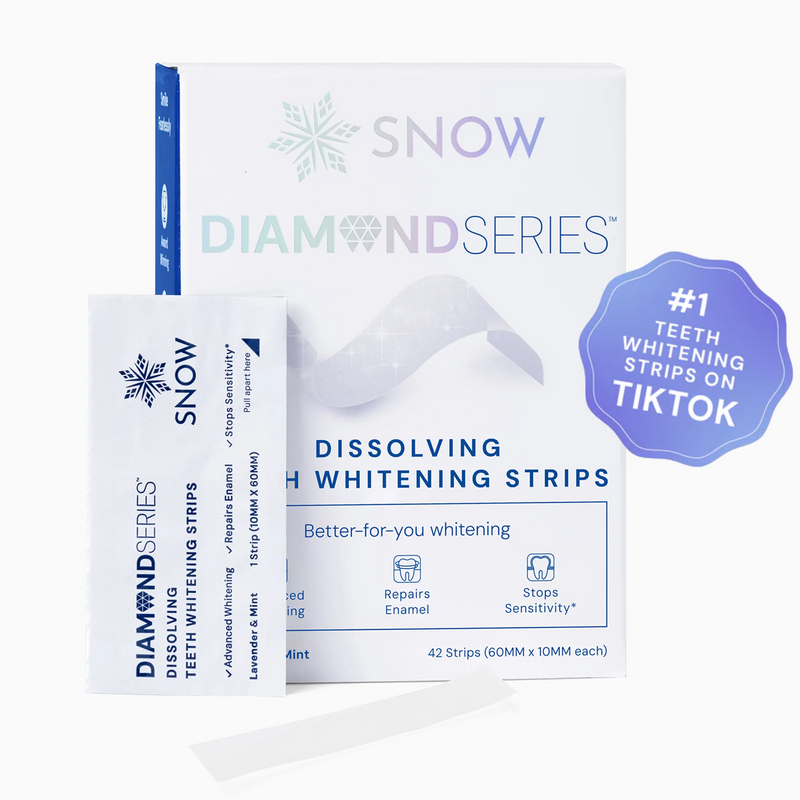

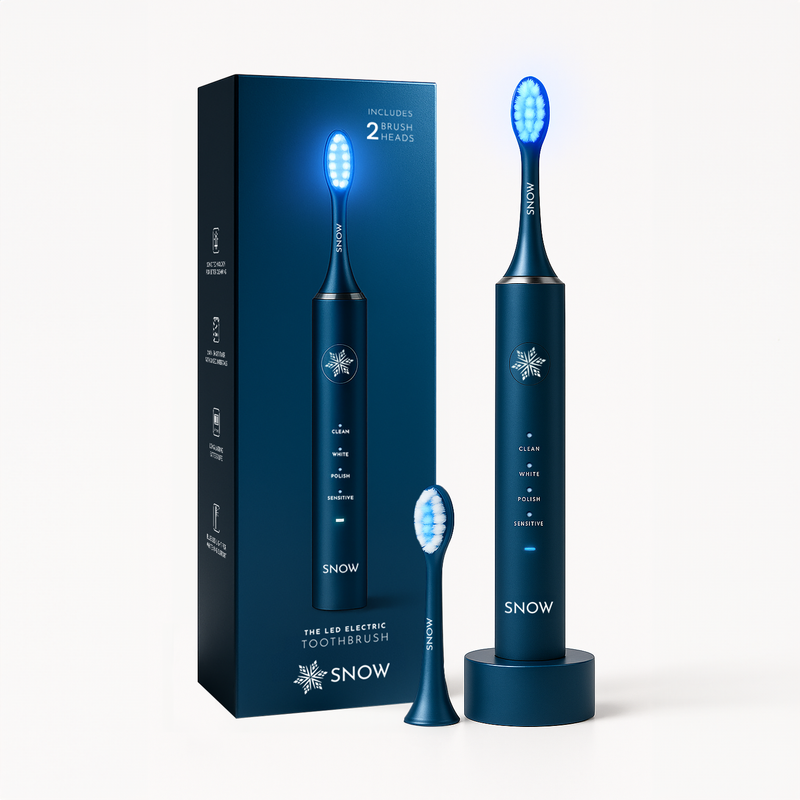

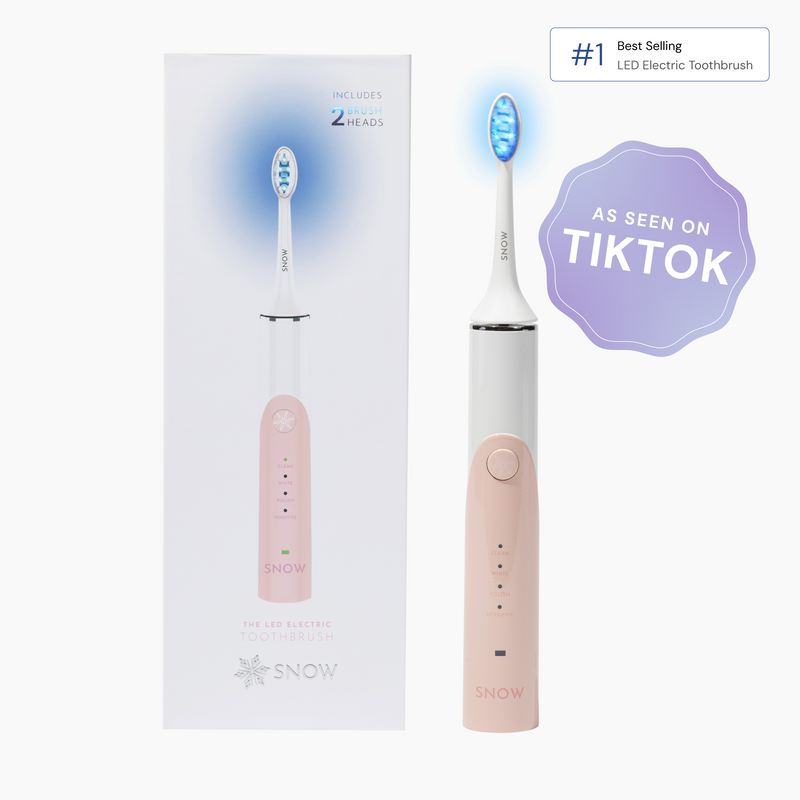




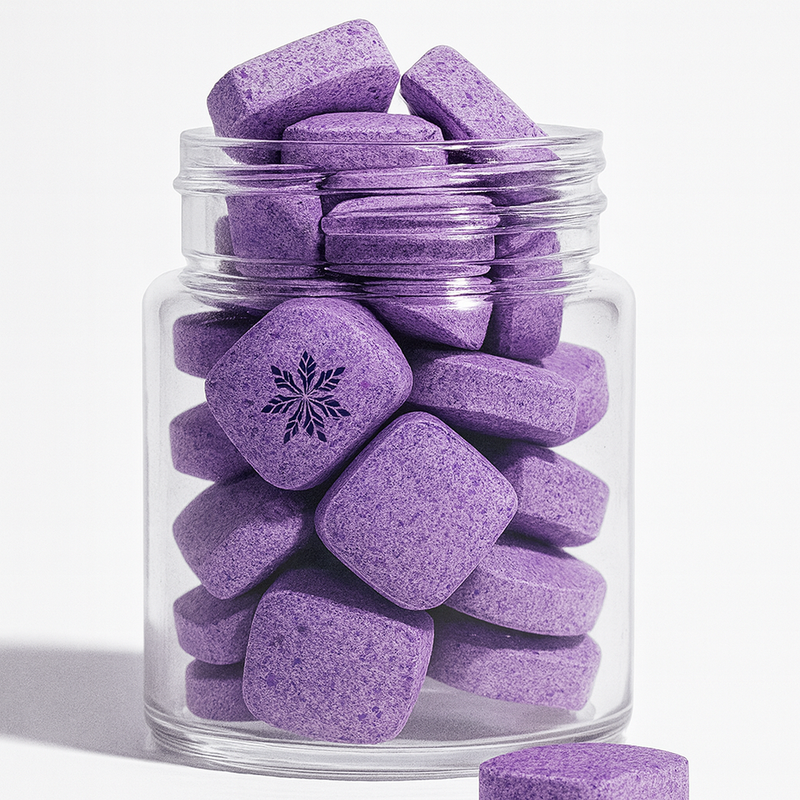
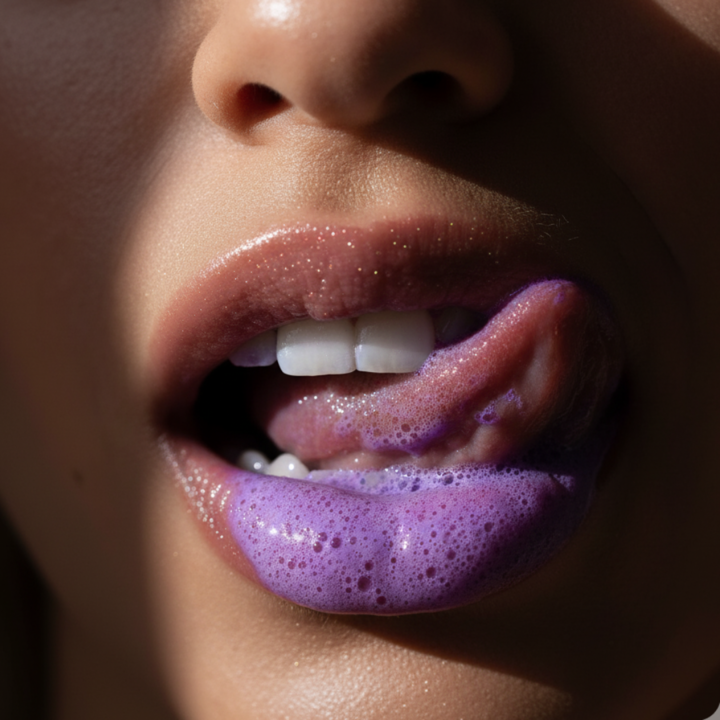



![Is It Safe to Use Whitening Toothpaste Everyday? [The Real Answer]](http://snow-teeth-whitening.myshopify.com/cdn/shop/articles/is_it_safe_to_use_whitening_toothpaste_everyday.png?v=1759931228)


